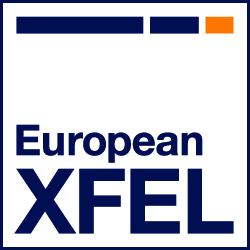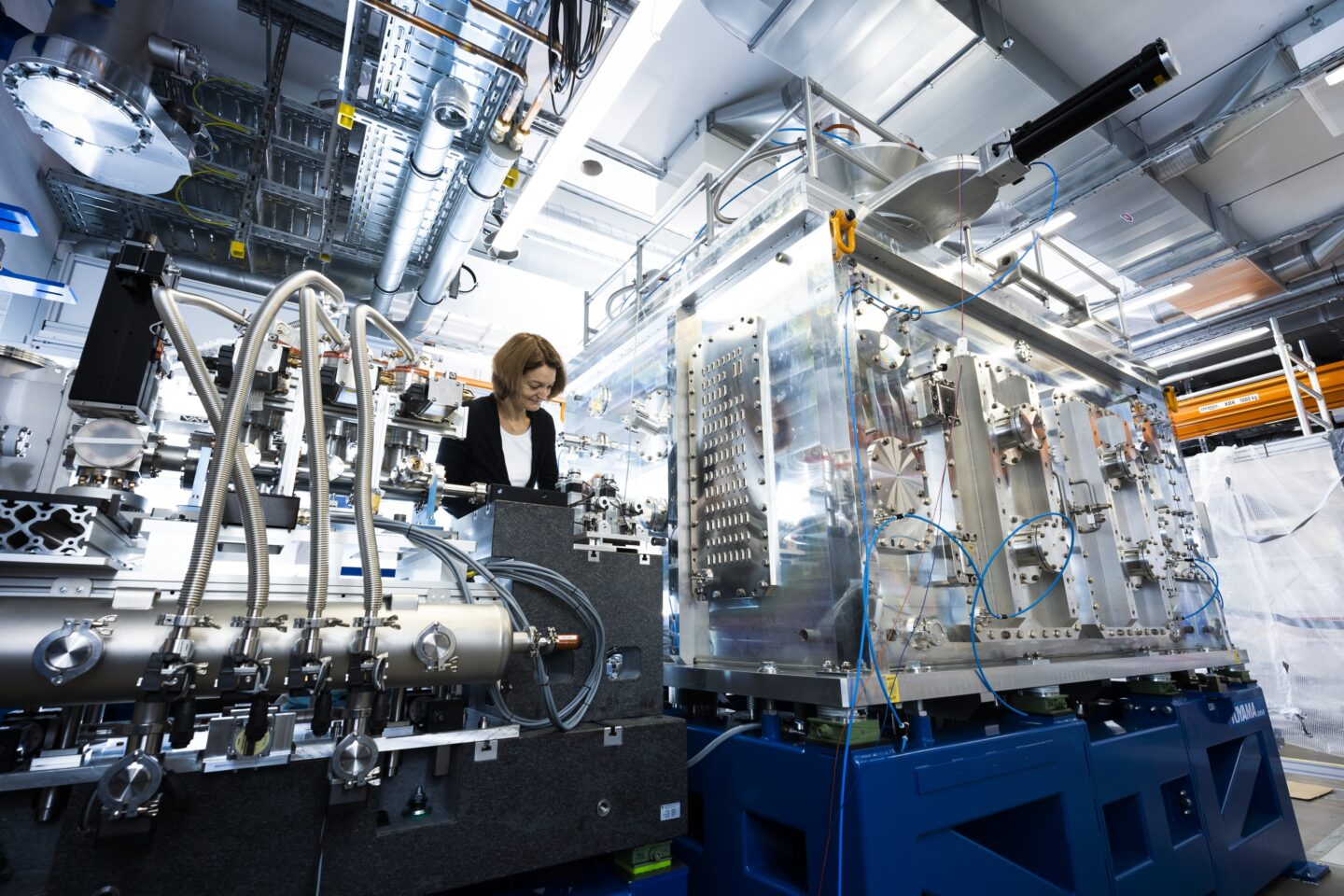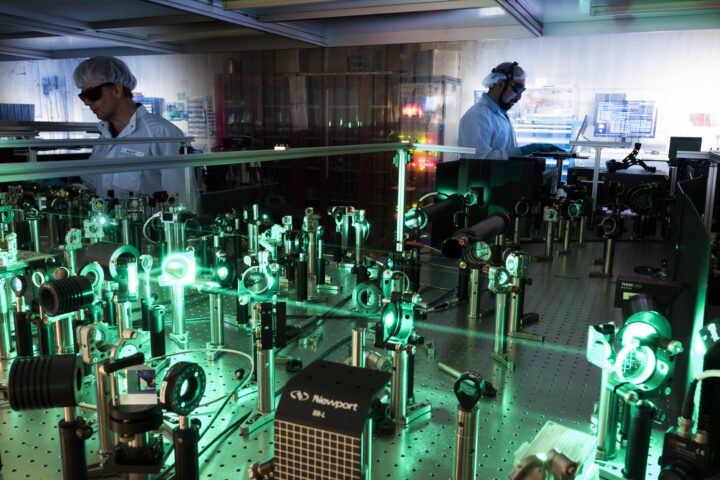European XFEL
Holzkoppel 4
22869 Schenefeld
Germany

About European XFEL
The European XFEL is a research facility of superlatives: It generates ultrashort X-ray flashes—27 000 times per second and with a brilliance that is a billion times higher than that of the best conventional X-ray radiation sources.
The world’s largest X-ray laser is opening up completely new research opportunities for scientists and industrial users.
Smaller, faster, more intense: The European XFEL is opening up areas of research that were previously inaccessible. Using the X-ray flashes of the European XFEL, scientists will be able to map the atomic details of viruses, decipher the molecular composition of cells, take three-dimensional images of the nanoworld, film chemical reactions, and study processes such as those occurring deep inside planets.
At the European XFEL, international research groups can use complex experiment stations to perform their experiments for a few days or weeks.
The European XFEL is located mainly in underground tunnels which can be accessed on three different sites. The 3.4 kilometre-long facility runs from the DESY campus in Hamburg to the town of Schenefeld in Schleswig-Holstein. At the research campus in Schenefeld, teams of scientists from all over the world carry out experiments using the X-ray flashes.
To construct and operate the European XFEL, international partners agreed on the foundation of an independent research organization – the European XFEL GmbH, a non-profit limited liability company under German law. The company employs more than 300 people. At present, 12 countries are participating in the project: Denmark, France, Germany, Hungary, Italy, Poland, Russia, Slovakia, Spain, Sweden, Switzerland, and the United Kingdom.
The European XFEL has been realized as a joint effort of many partners. The European XFEL GmbH cooperates closely with the research centre DESY and other organizations worldwide. Construction started in early 2009; user operation began in September 2017.
The construction costs of the facility, which include the commissioning, amount to 1.25 billion euro (price levels of 2005). As the host country, Germany (the federal government, the city-state of Hamburg, and the state of Schleswig-Holstein) covers 57% of these costs. Russia bears 26% and the other international partners between 1% and 3%. To a great extent, the European XFEL facility was realized by means of in-kind contributions by shareholders and partners.


